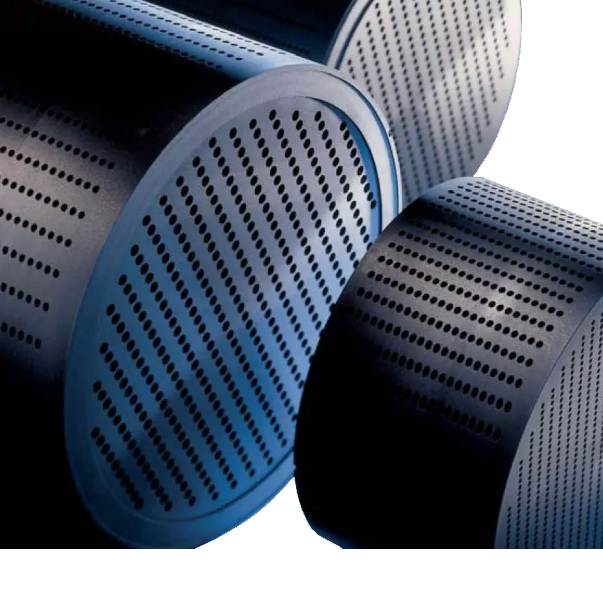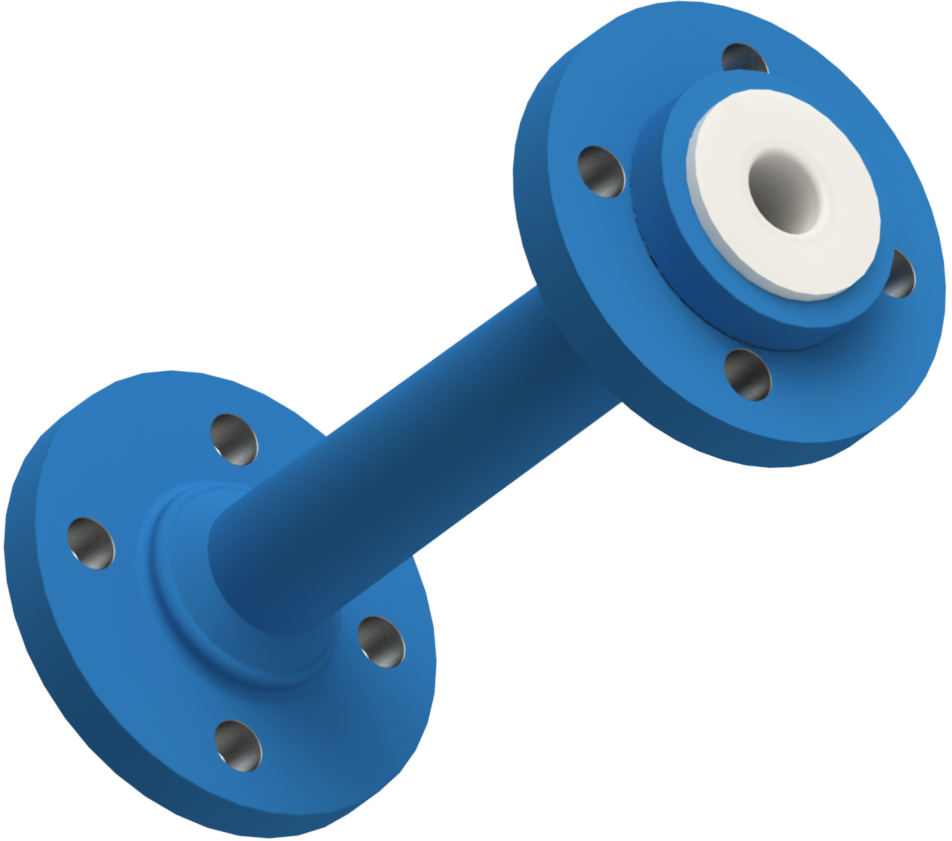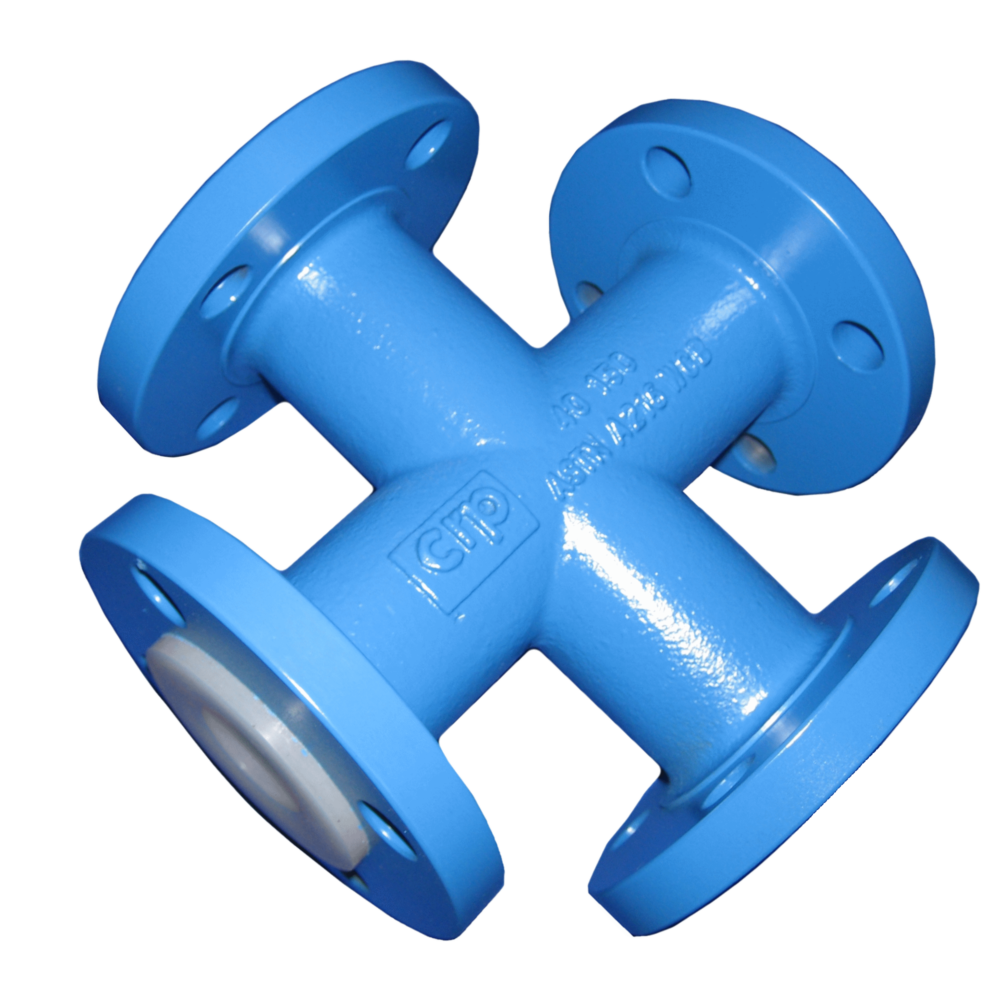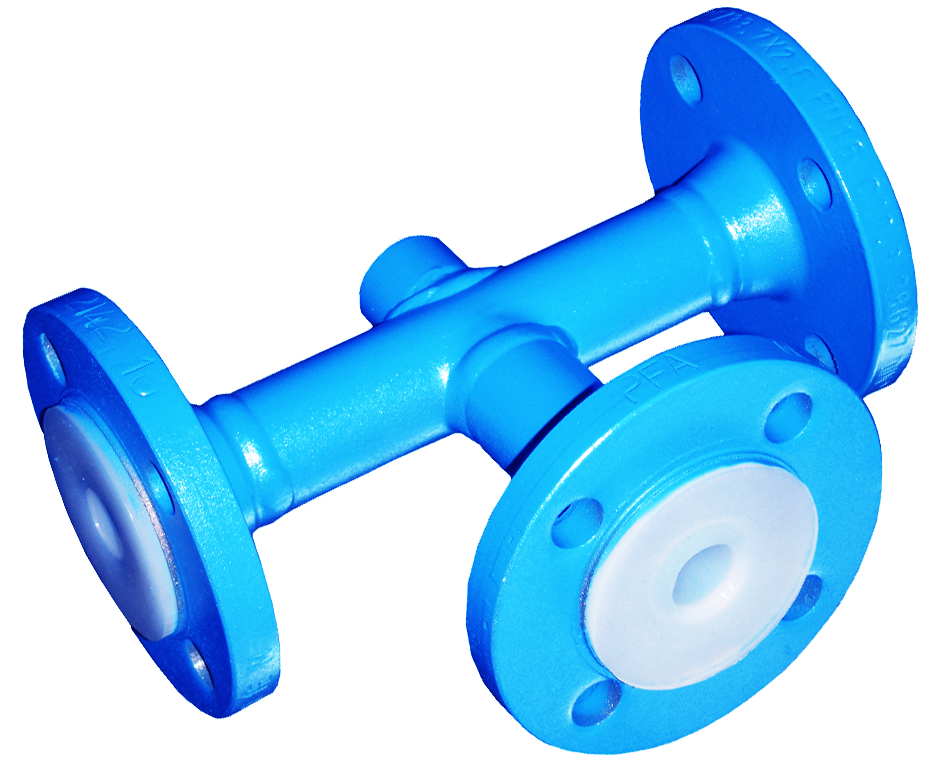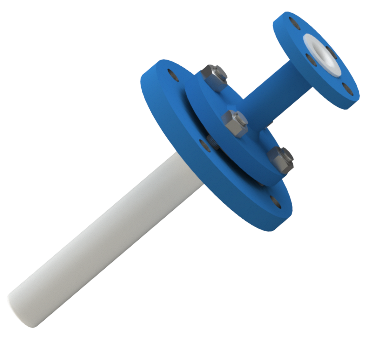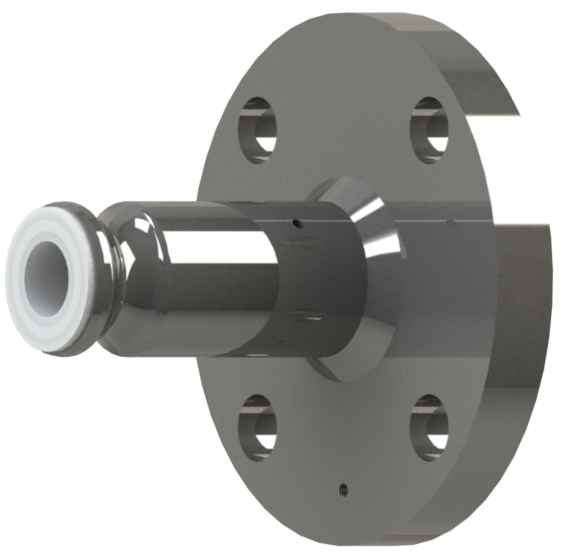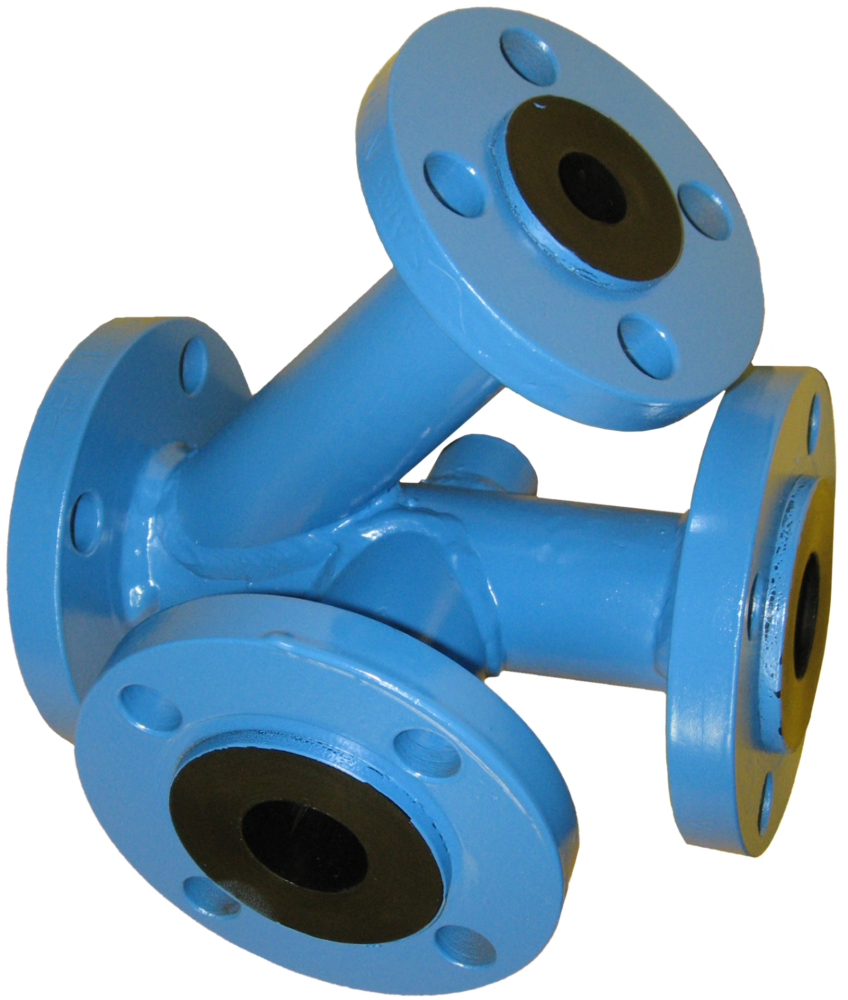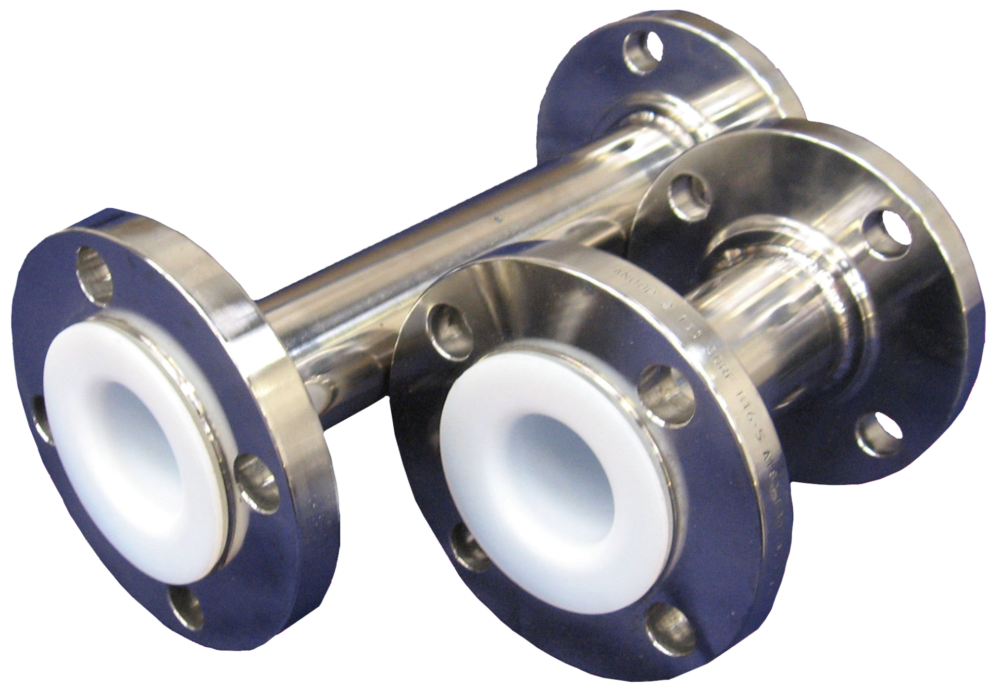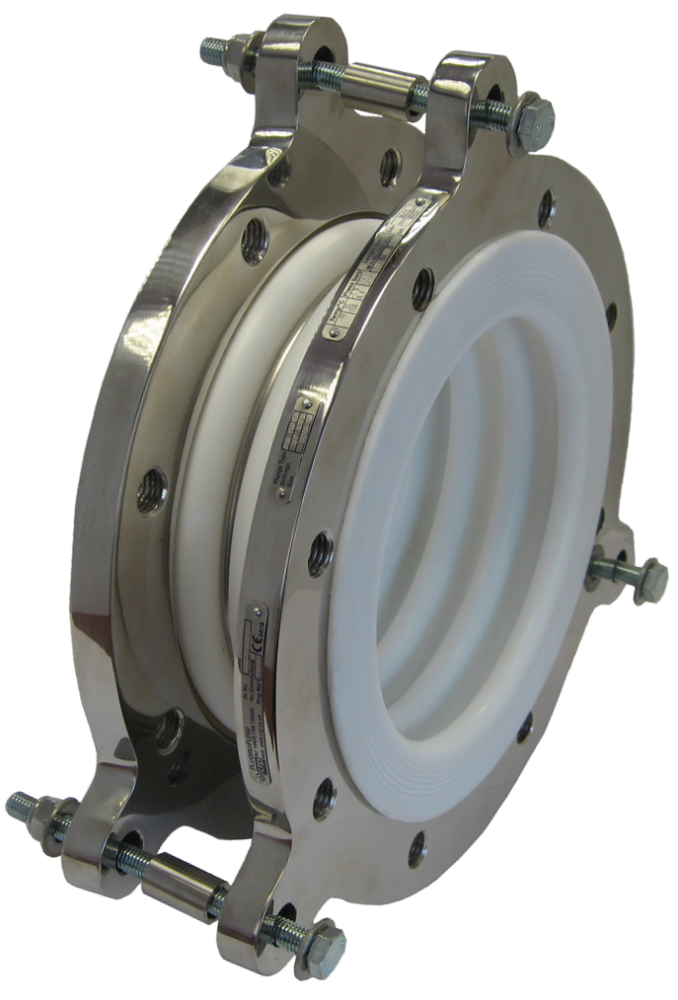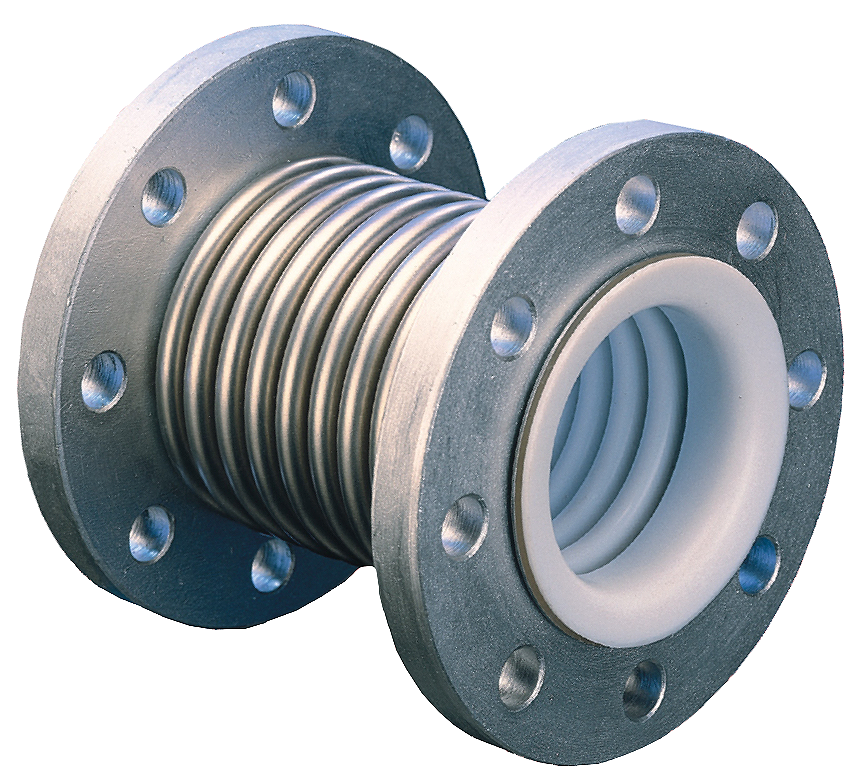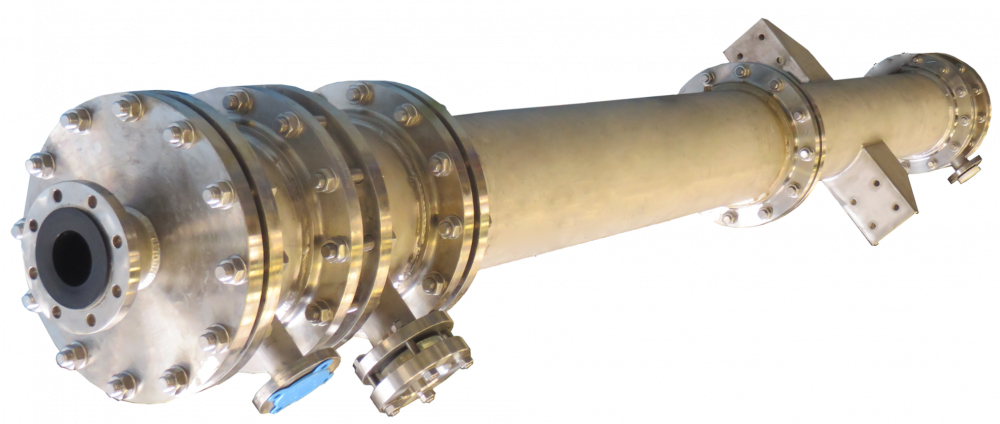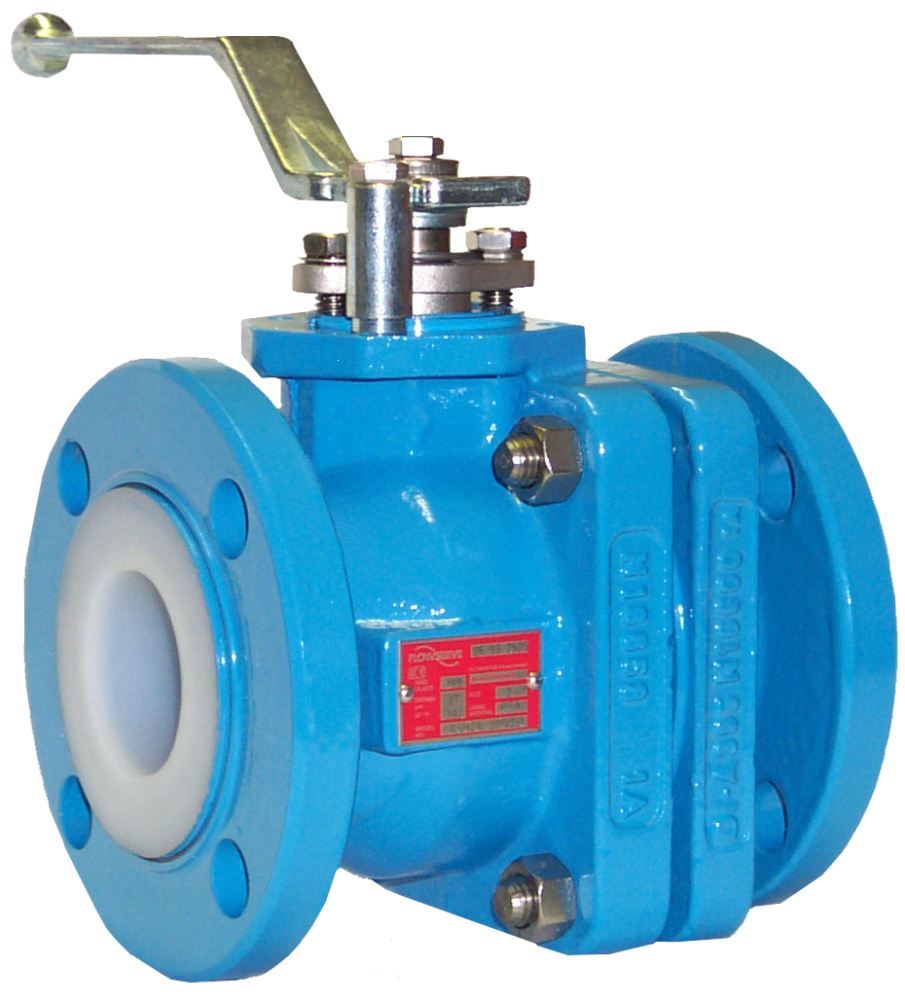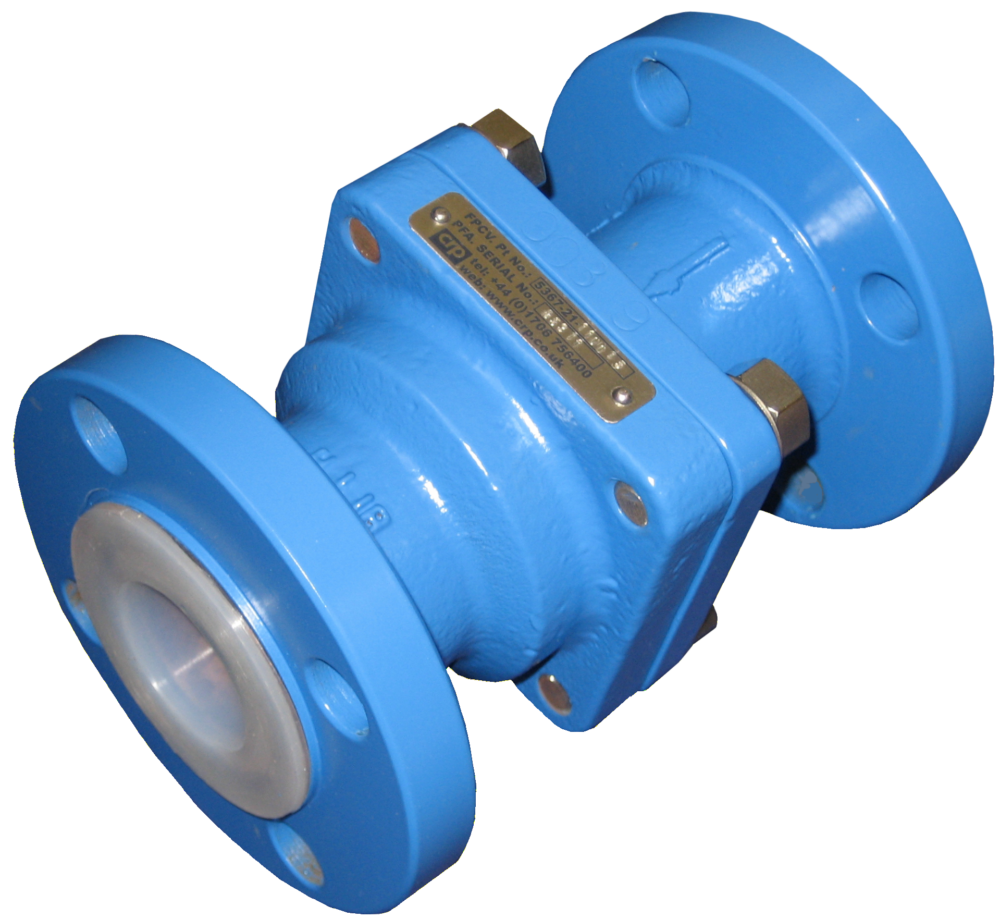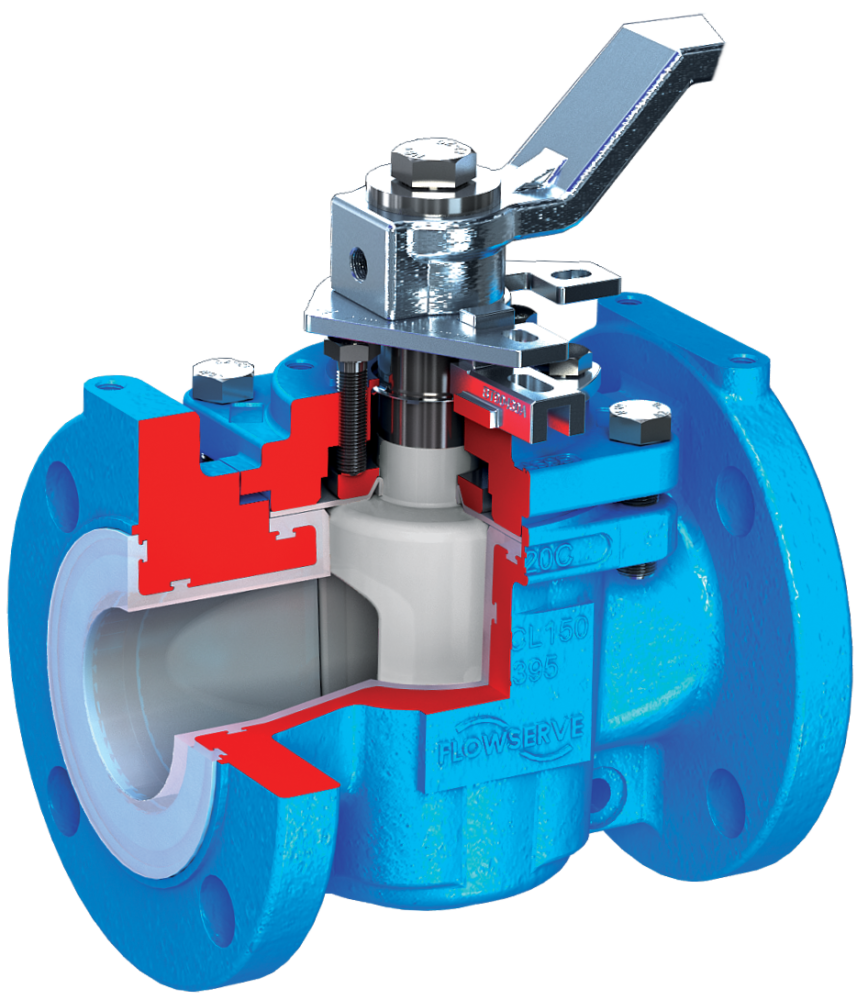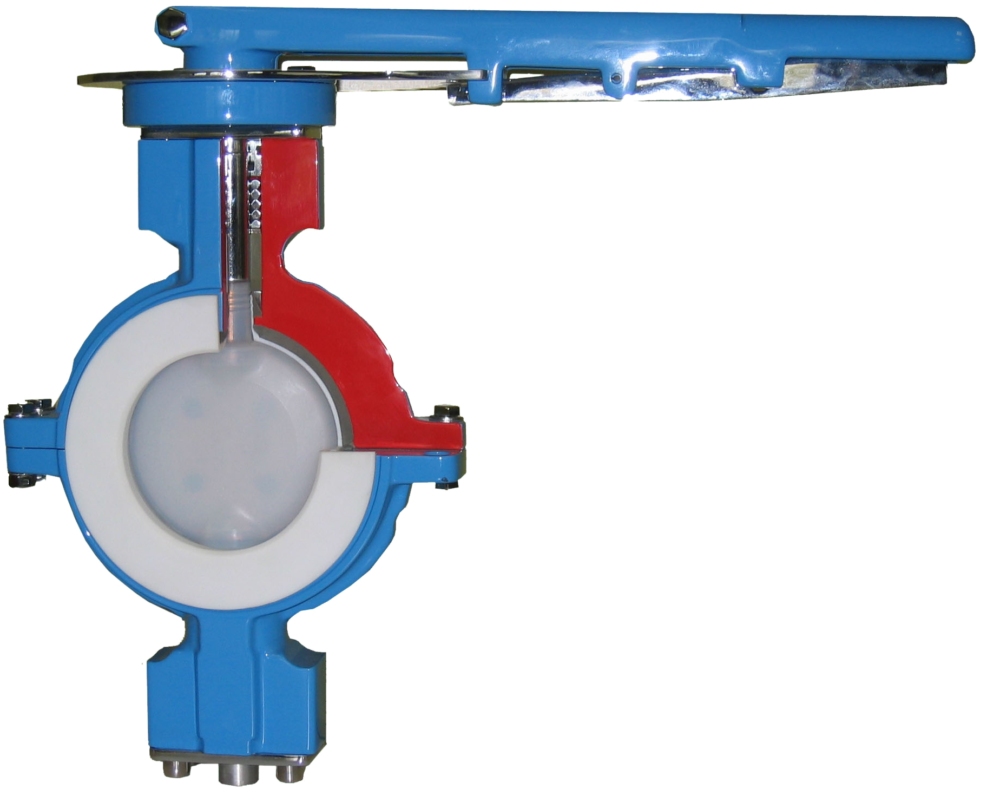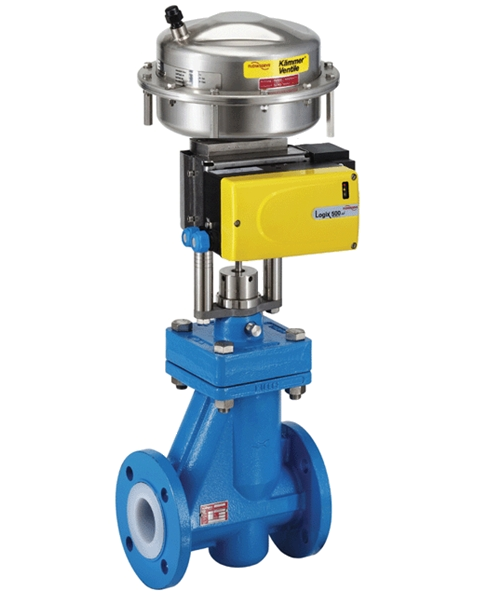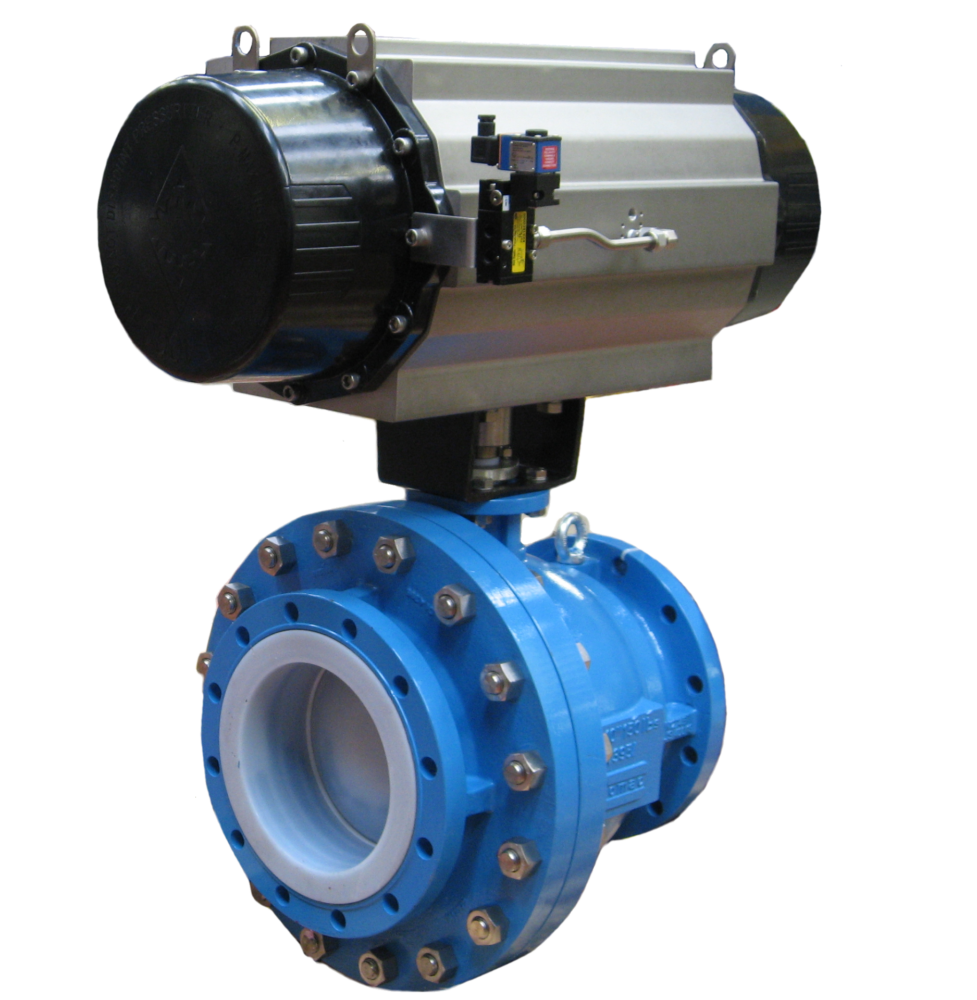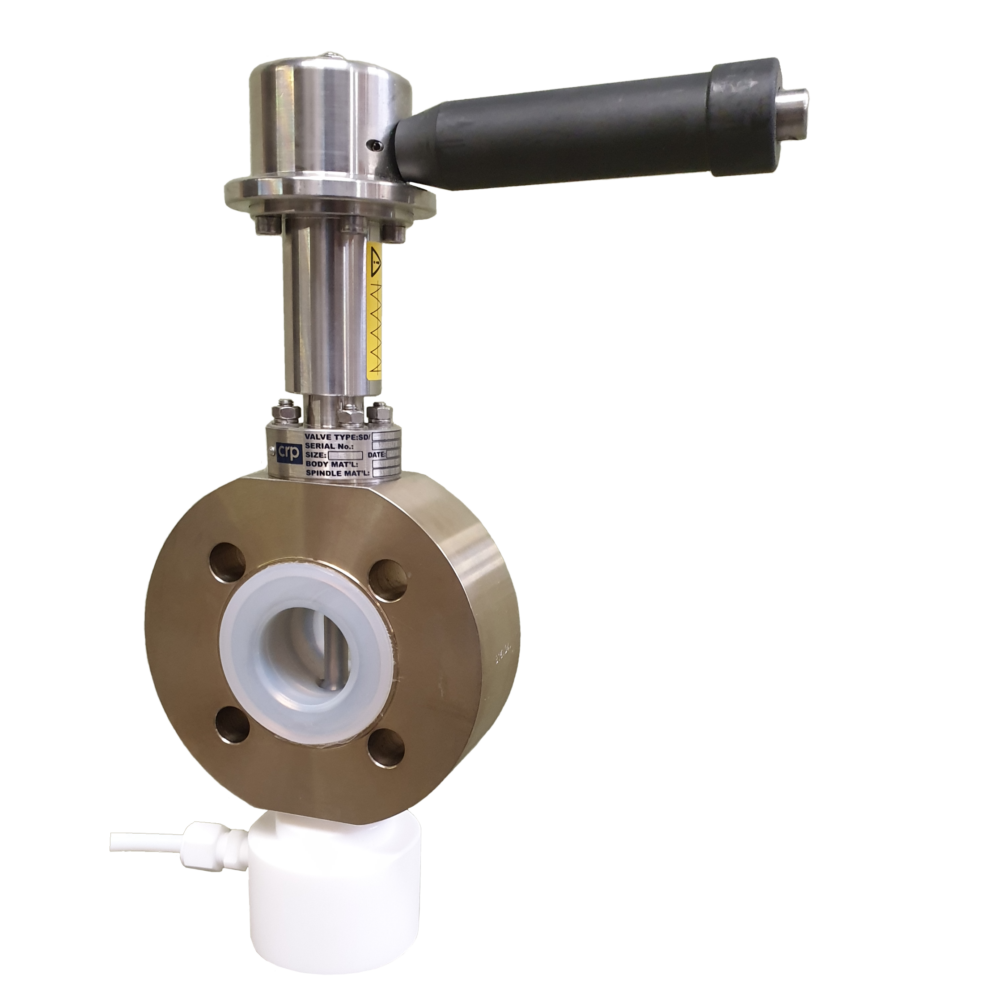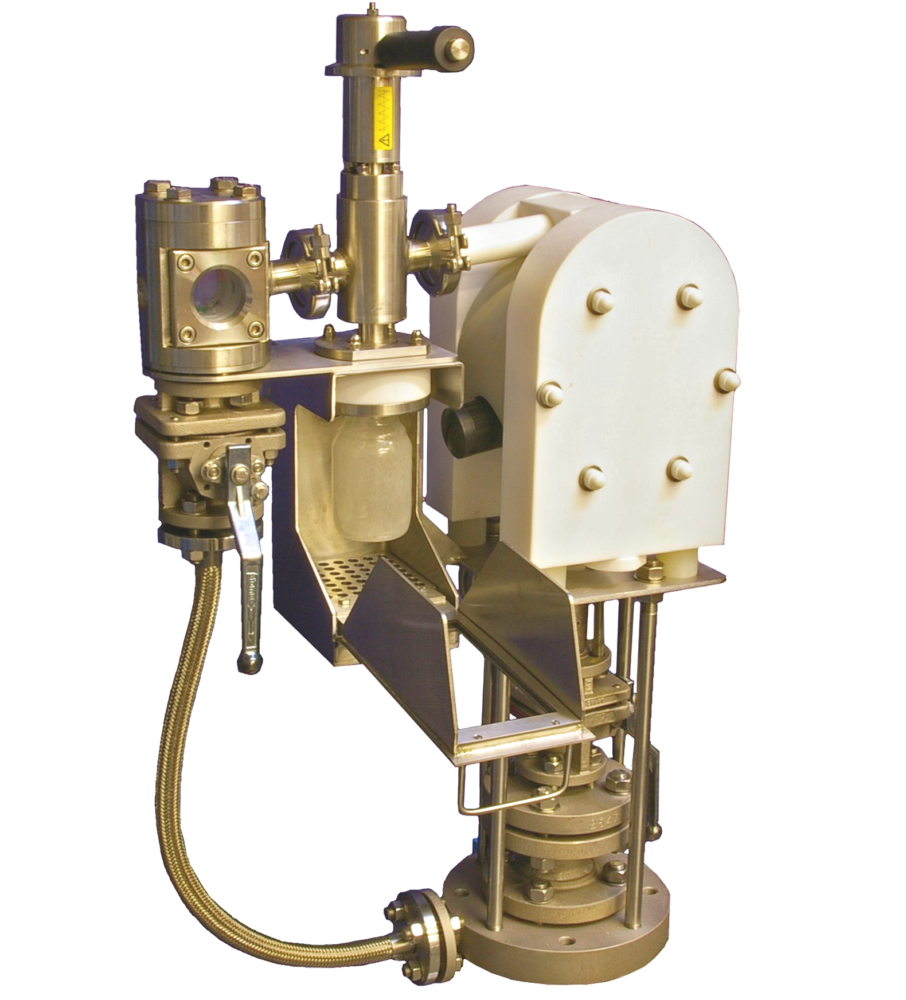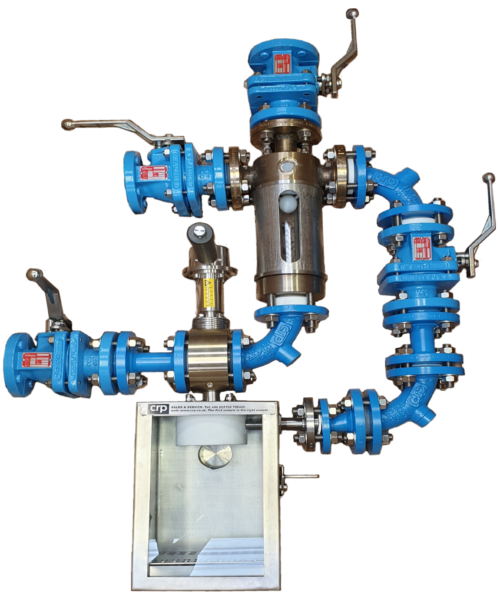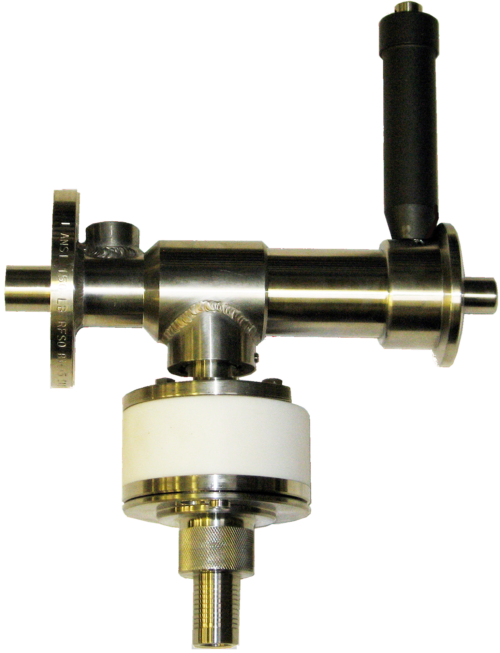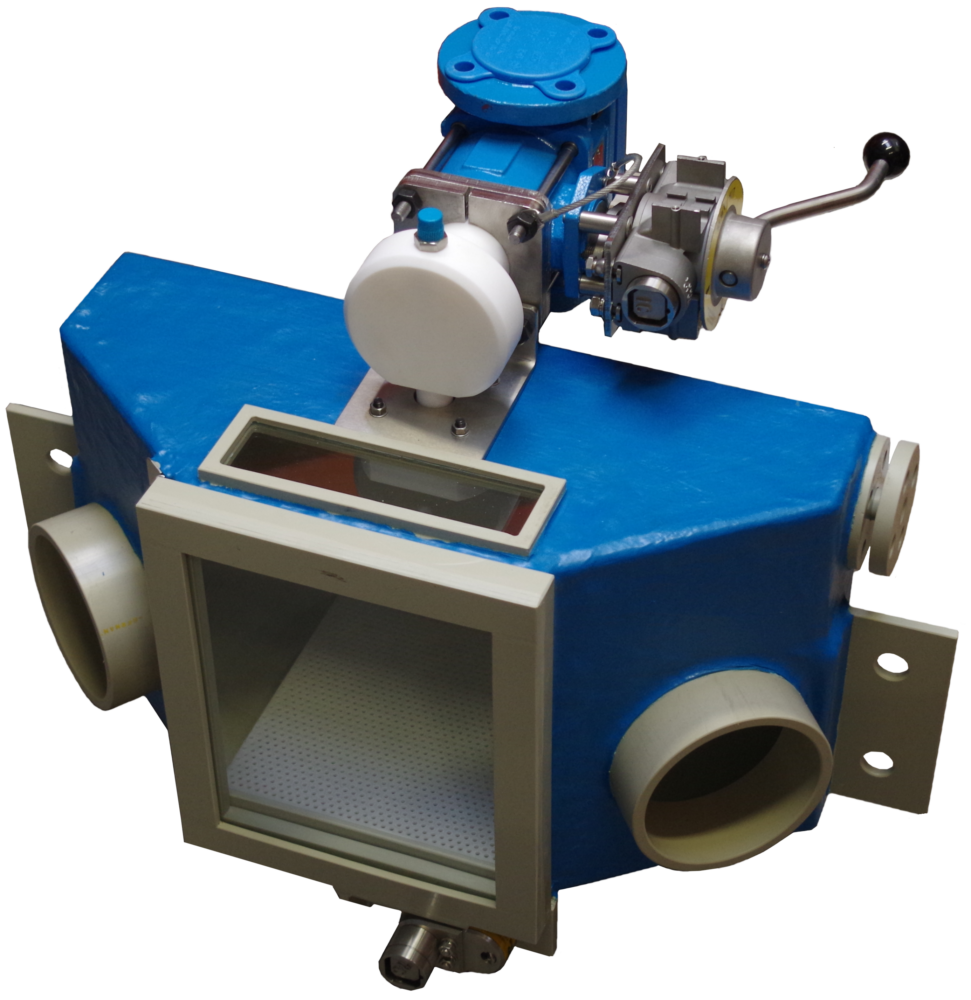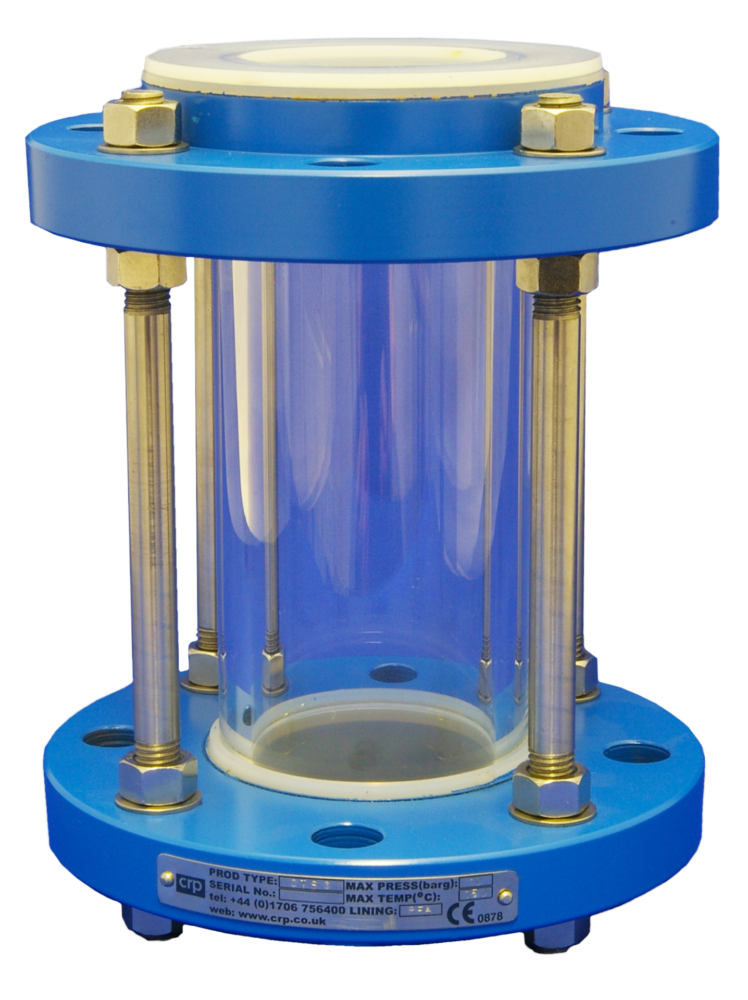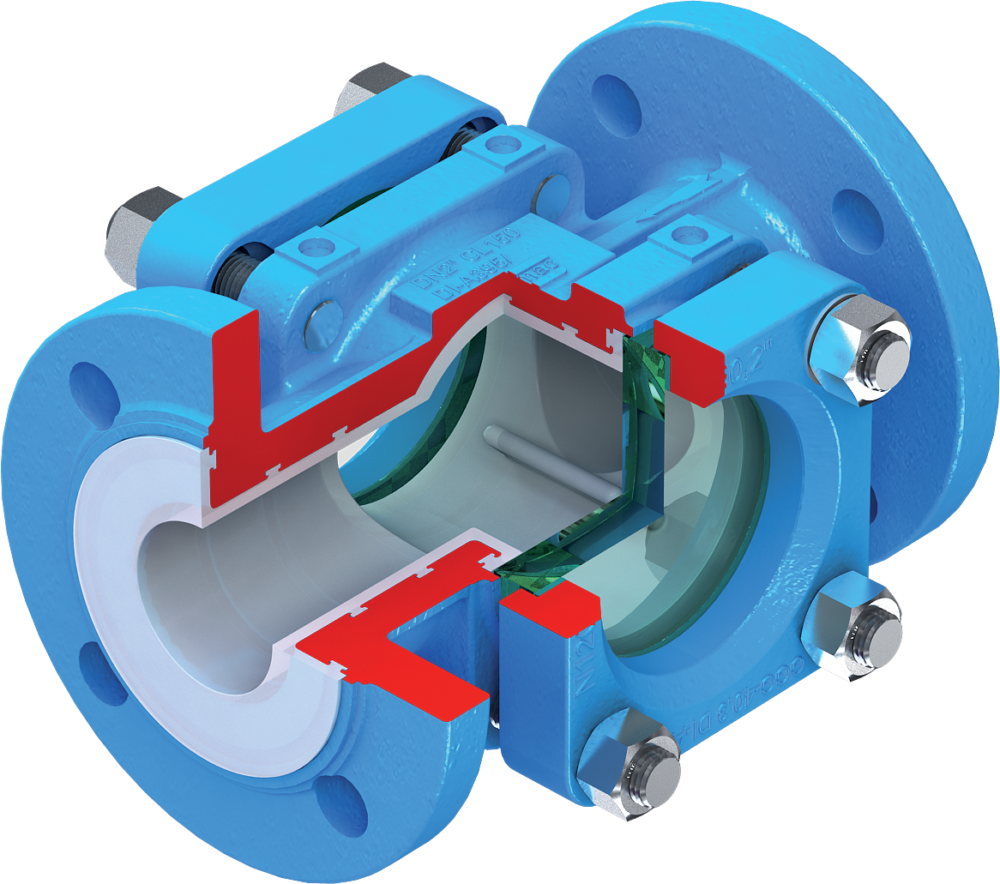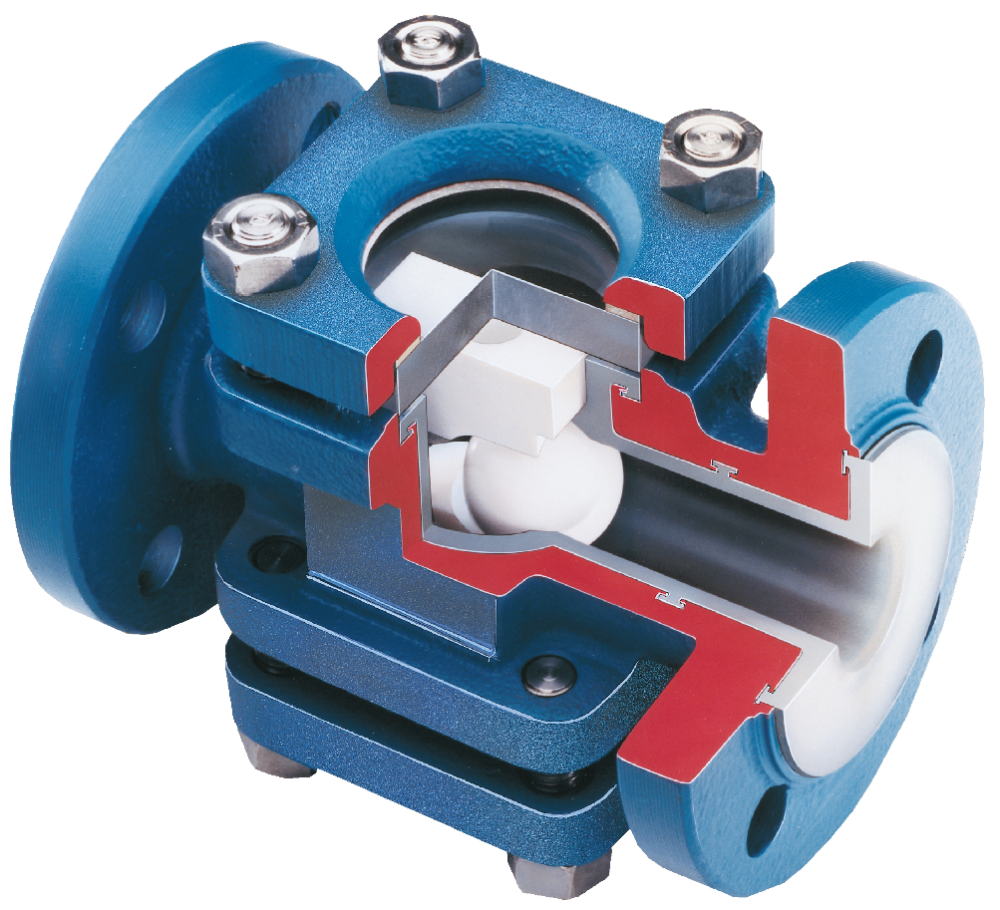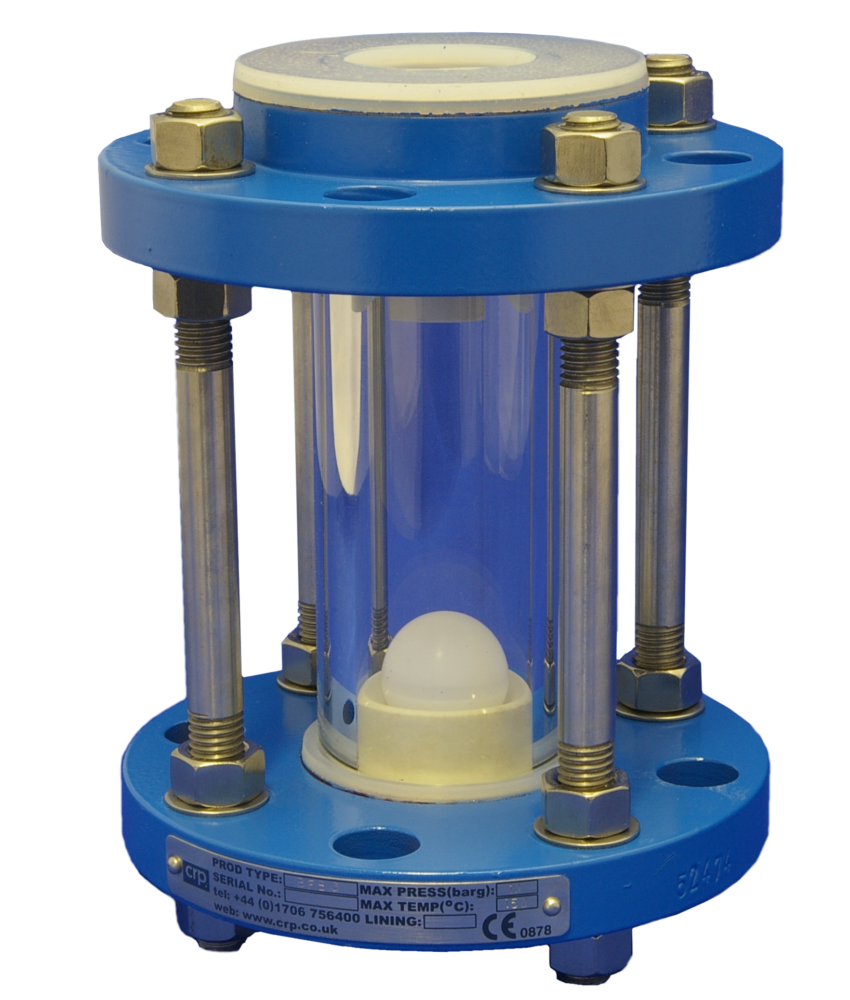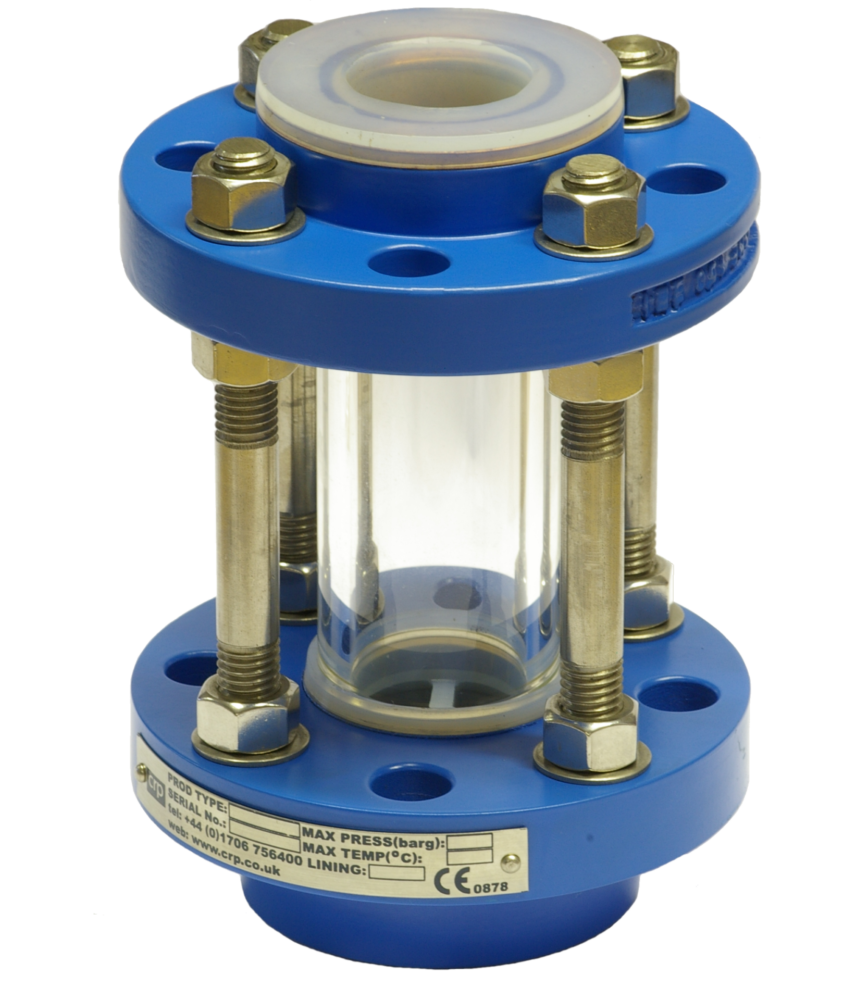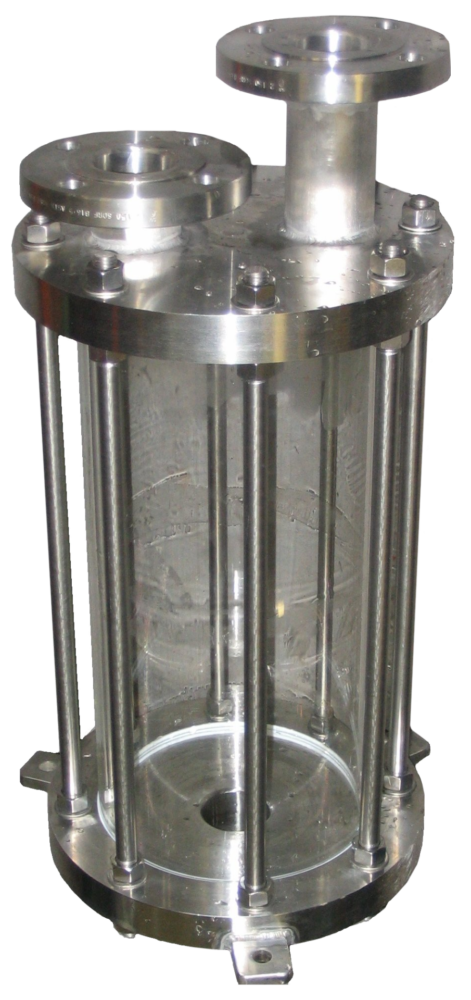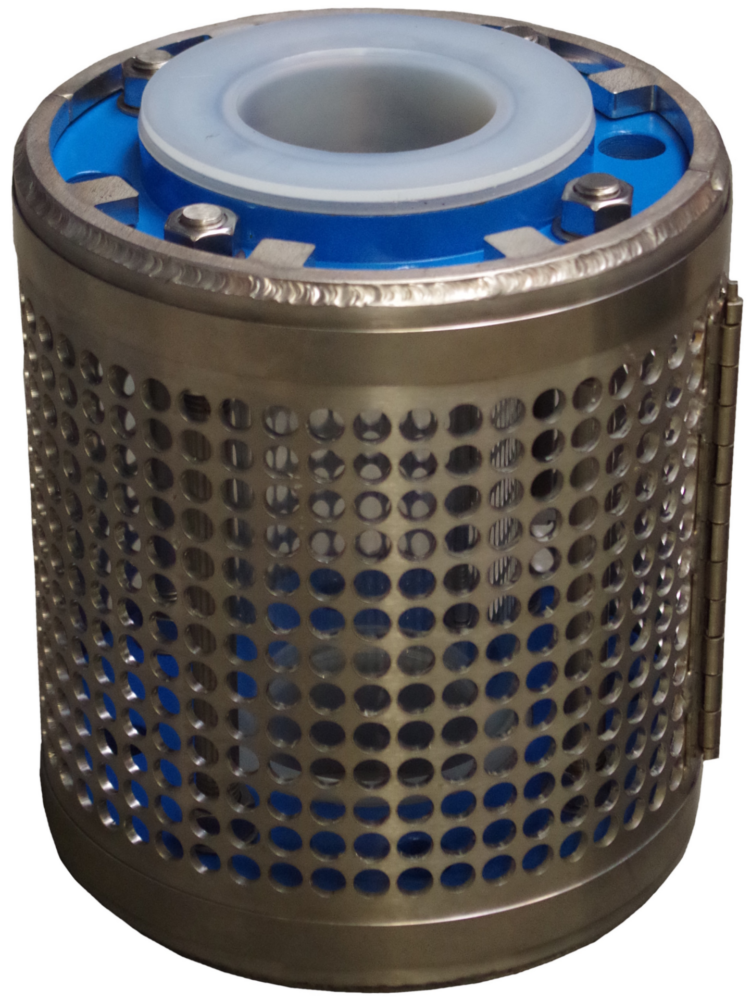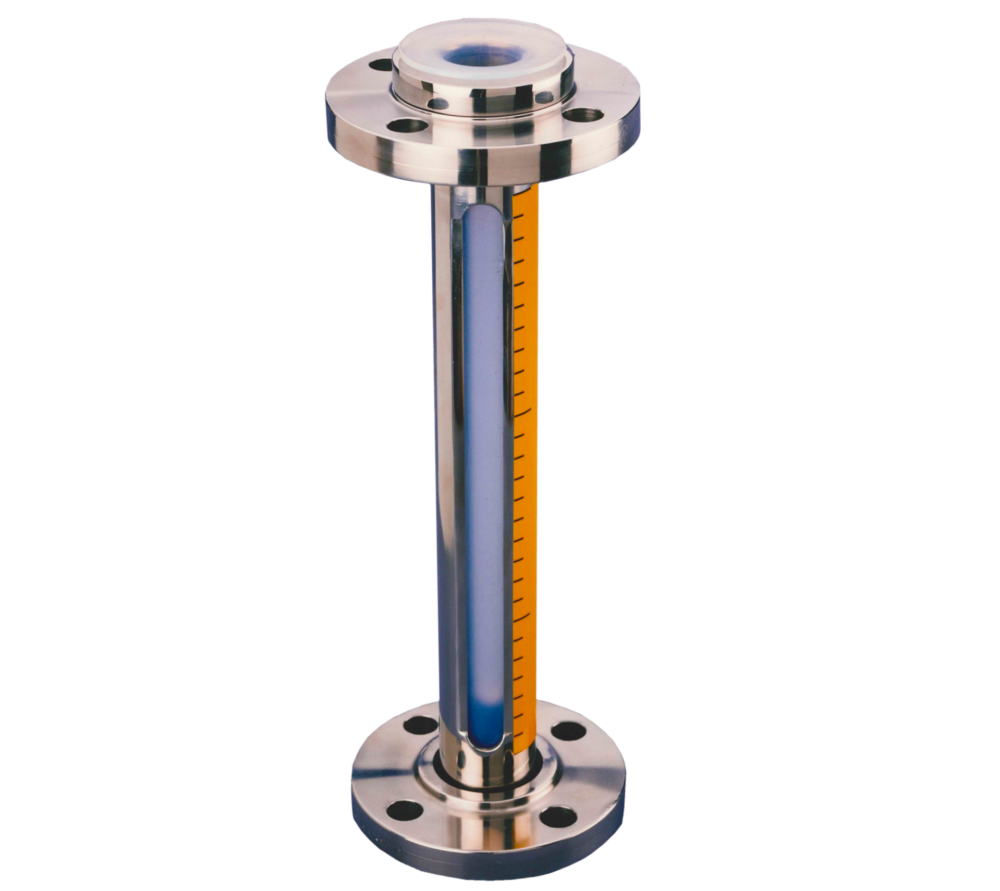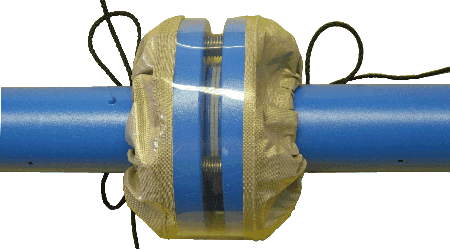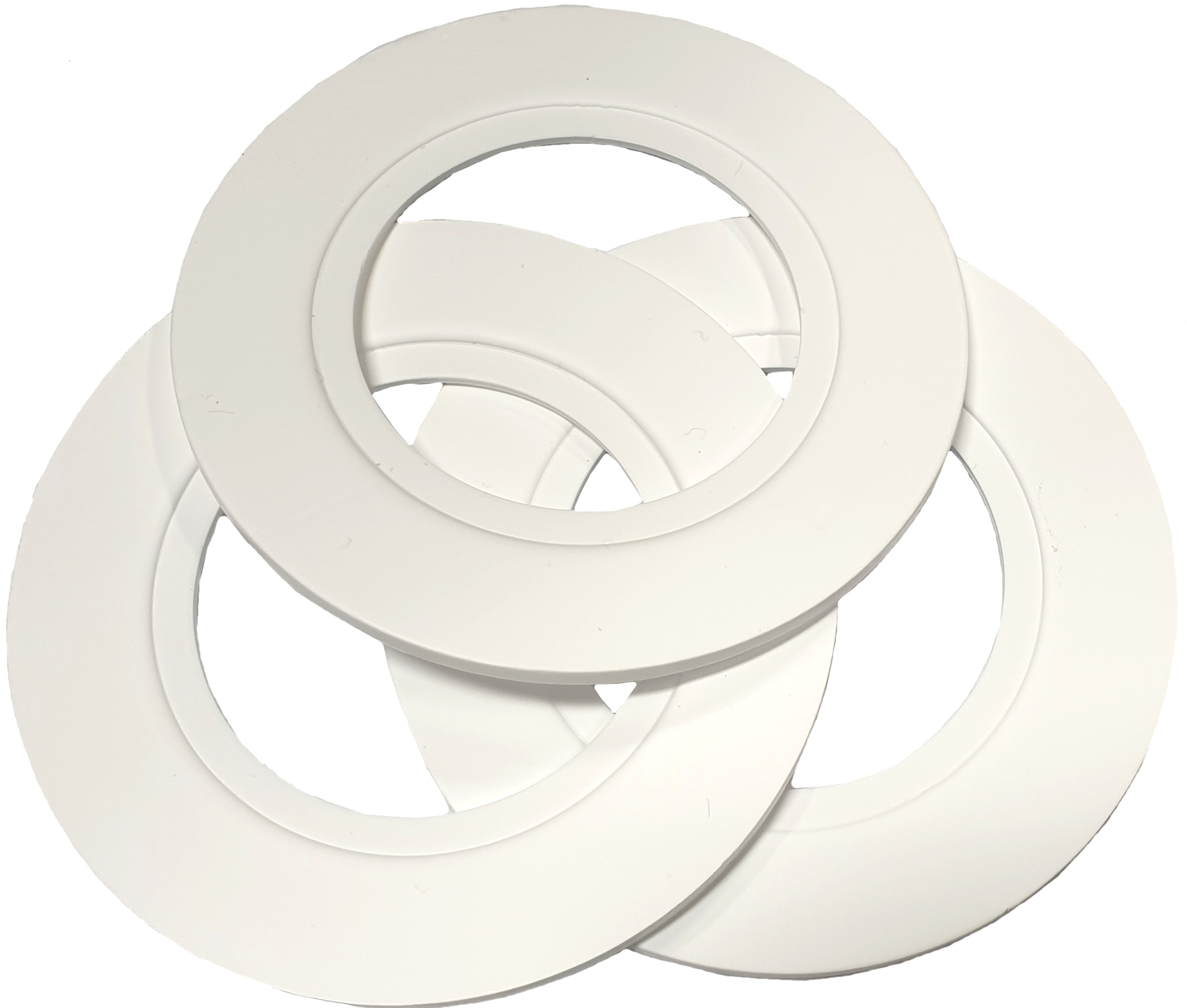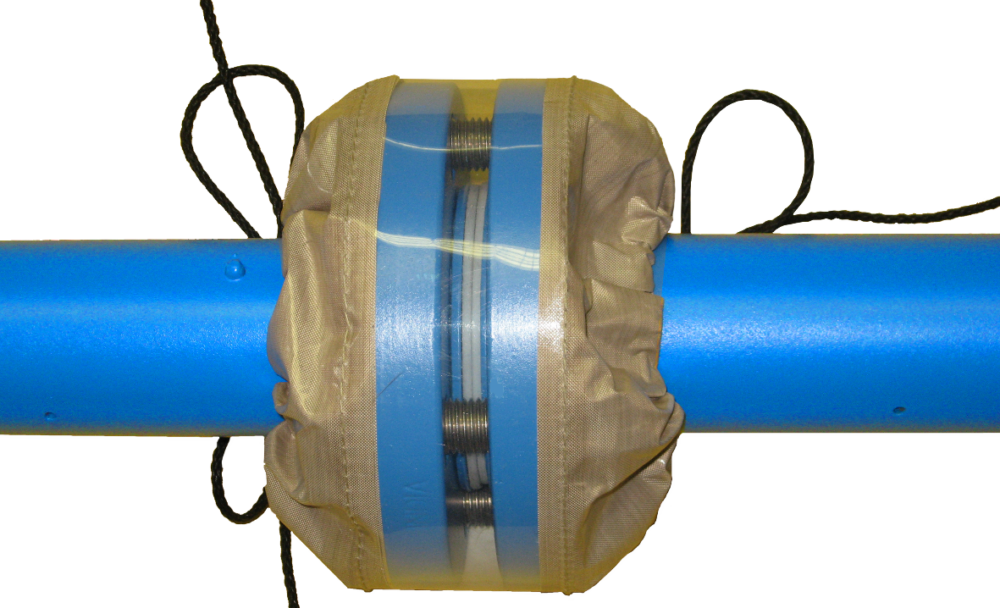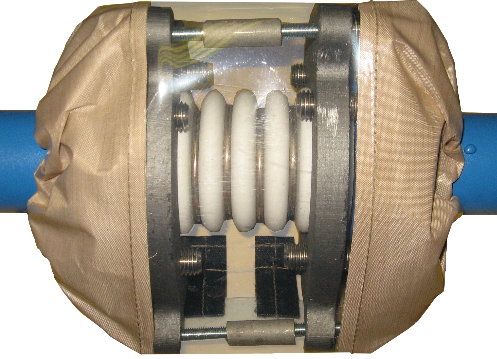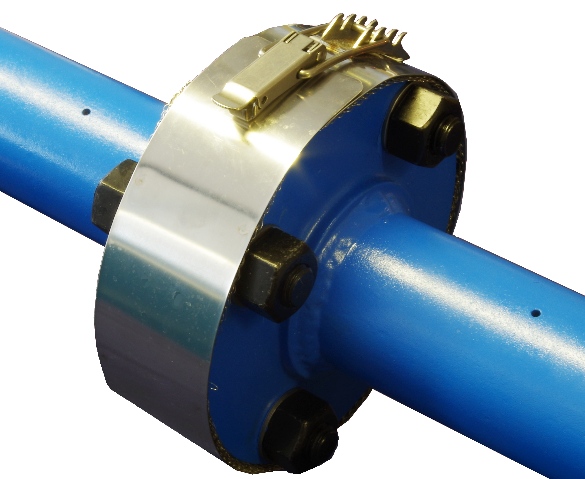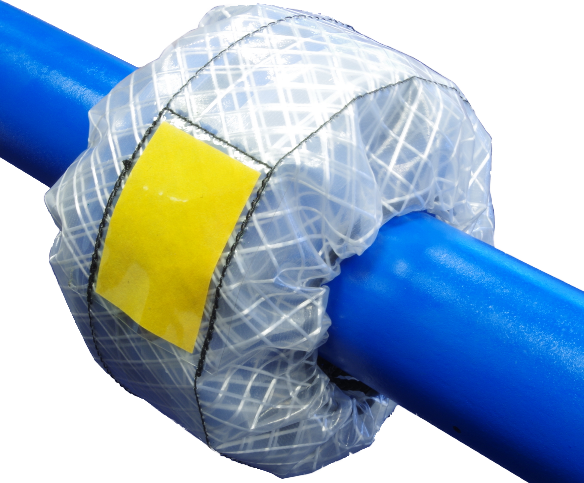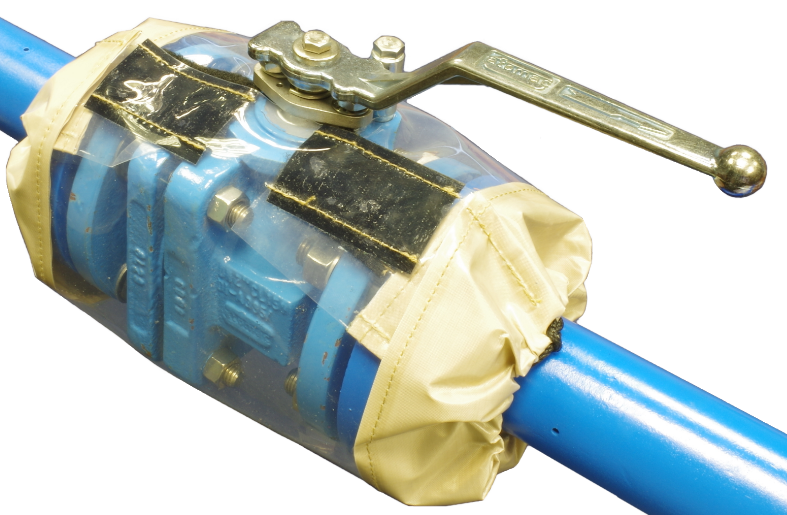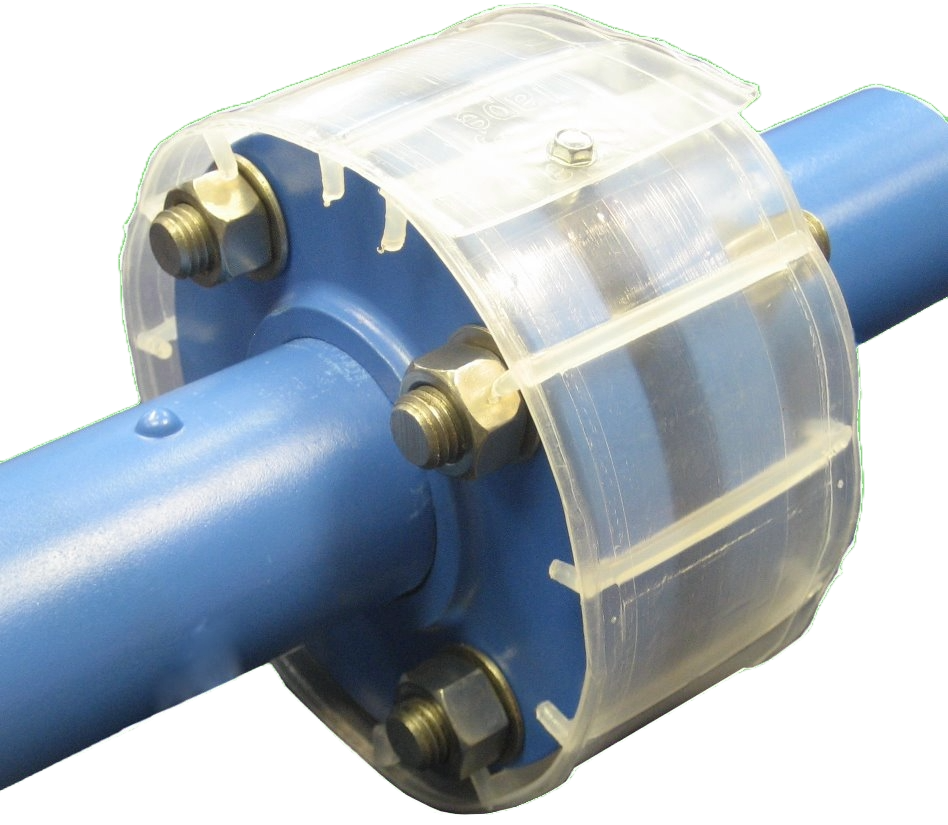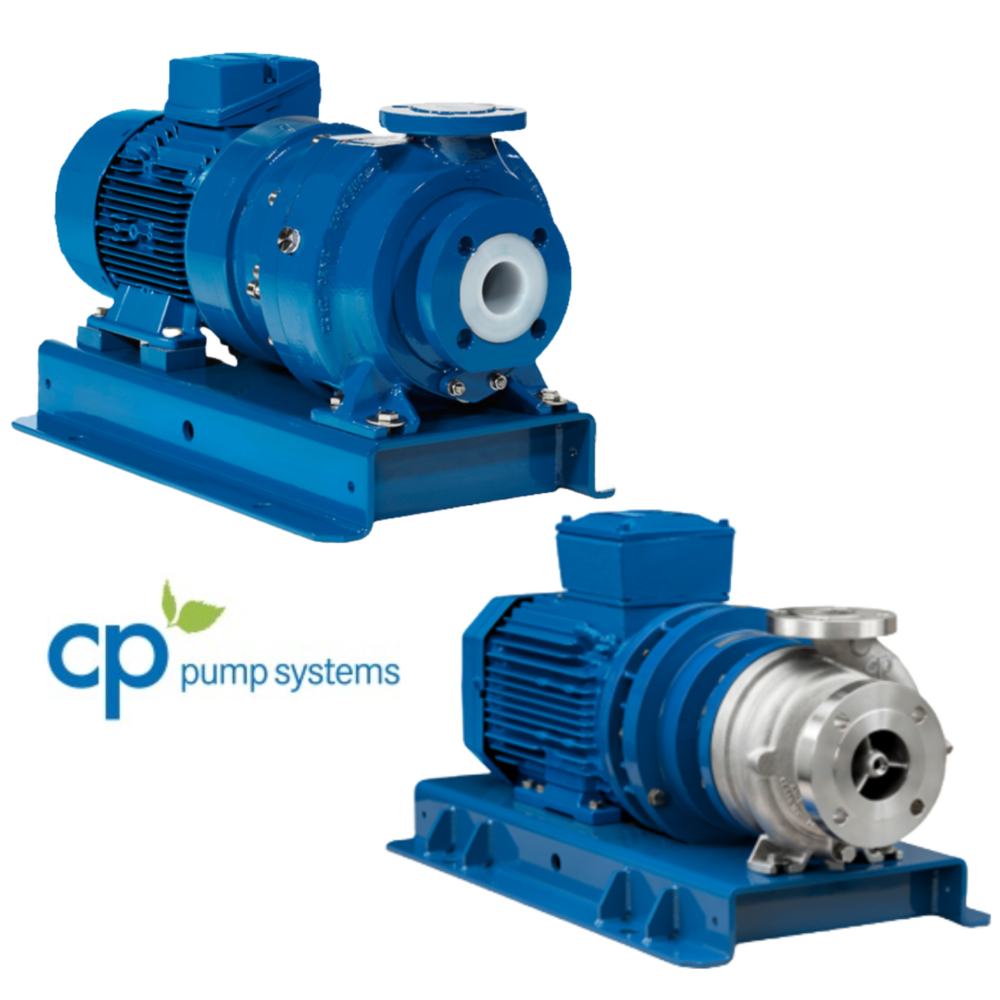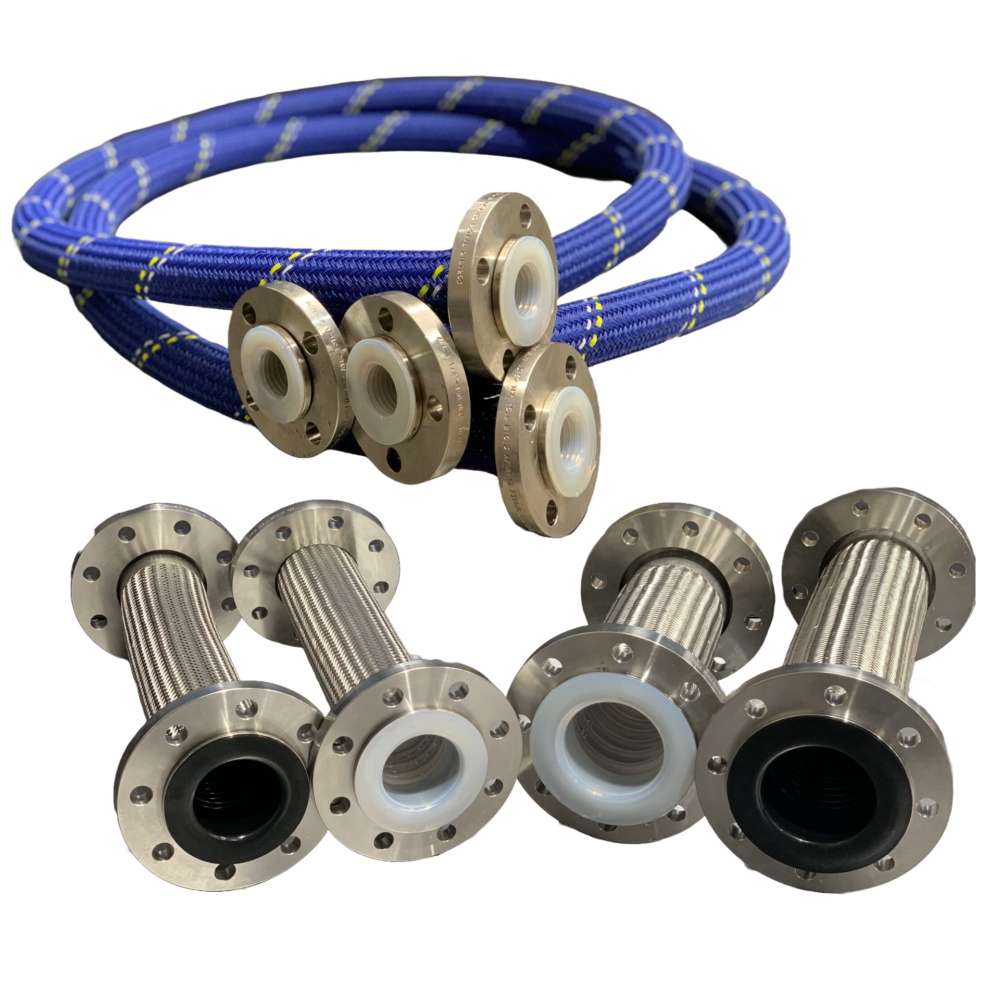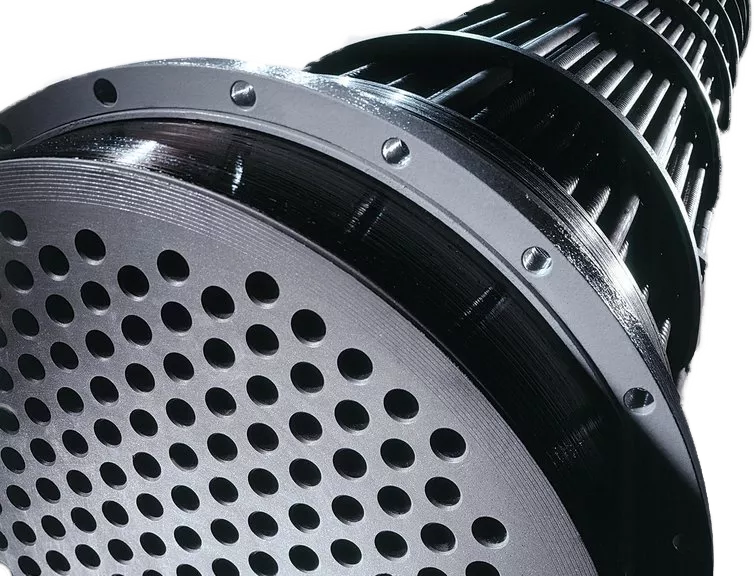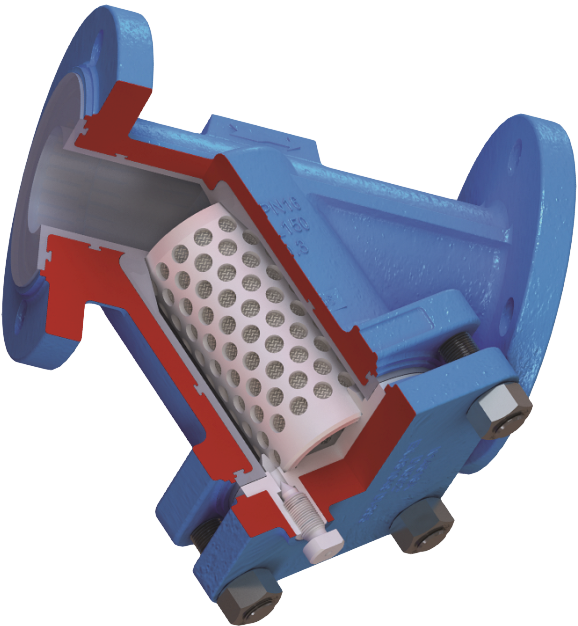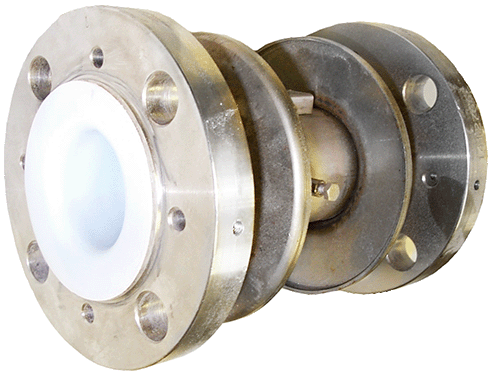Heat Exchanger Materials
Diabon Graphite
At the heart of a SGL graphite heat exchanger is the Diabon graphite material. The carbon graphite used is fully graphitised, that is, it is heated up to 3000⁰ C for prolonged periods of 8 to 10 weeks and during this time the atomic structure is rearranged increasing the amount of atoms and providing a more closely bonded, tight knitted structure. For block heat exchangers the graphite undergoes a full phenolic impregnation treatment in its block form before machining. Graphite tubes are produced to suit the shell and tube heat exchangers using a similar process. All these steps provide class leading graphite materials to manufacture both block and shell and tube heat exchangers. The graphite is also extensively used to produce corrosion resistant columns and column internals such as support and distribution plates. As well as providing excellent heat transfer rates, the graphite has near universal corrosion resistance and performs very well with aggressive acids like sulphuric and phosphoric acids.
Sicabon Silicon Carbide (SiC)
The silicon carbide tubes utilised by SGL are extruded and directly sintered. Each tube is hydrotested to at least 165 barg to ensure integrity. The silicon carbide material is extremely hard and so has excellent abrasion resistance. The tube walls are thin, being only 1.5mm to 2.2mm thick to allow maximum heat transference, along with this, the material naturally has very good thermal transfer properties providing smaller exchangers and lower running costs. The tubes used in SGL heat exchangers are all produced in the US and are used in the most aggressive processes like nitric and hydrofluoric acids due the inherent corrosion resistant properties of the Sicabon Silicon Carbide.
